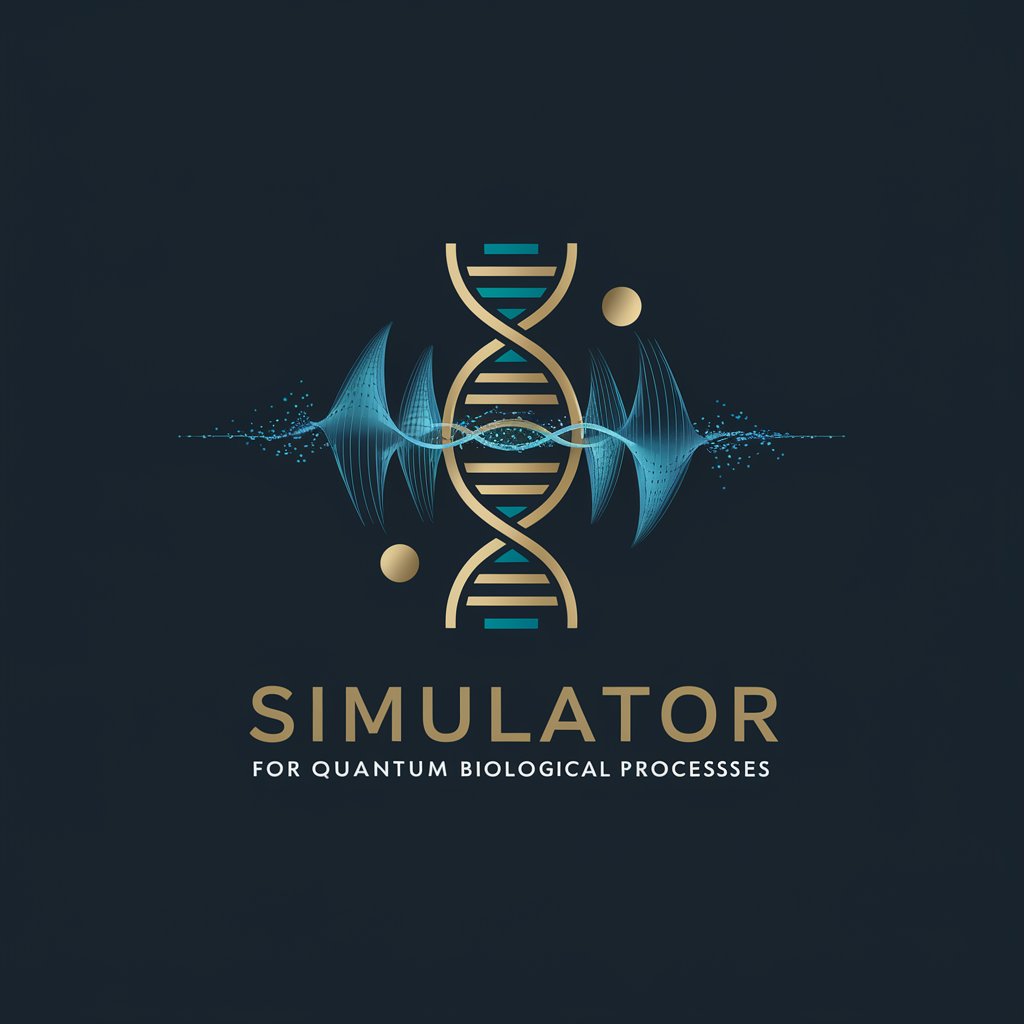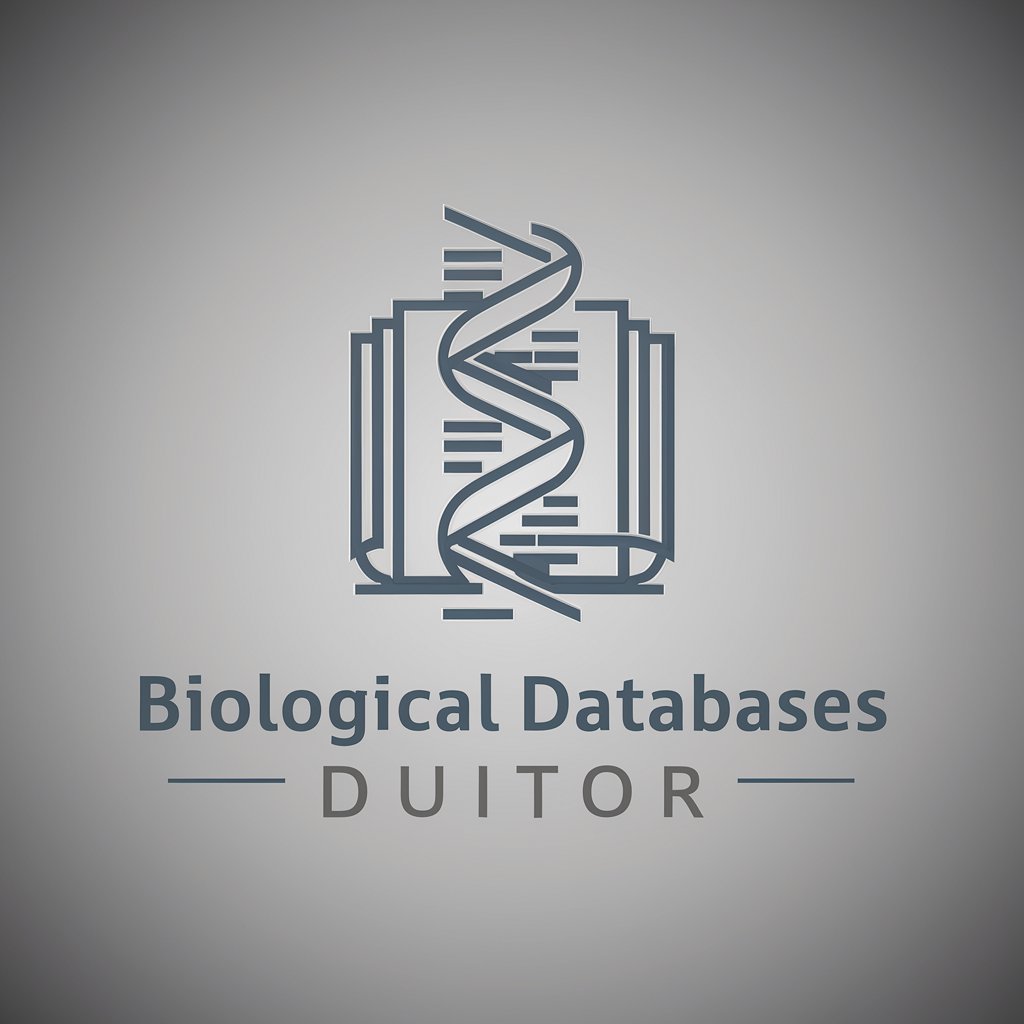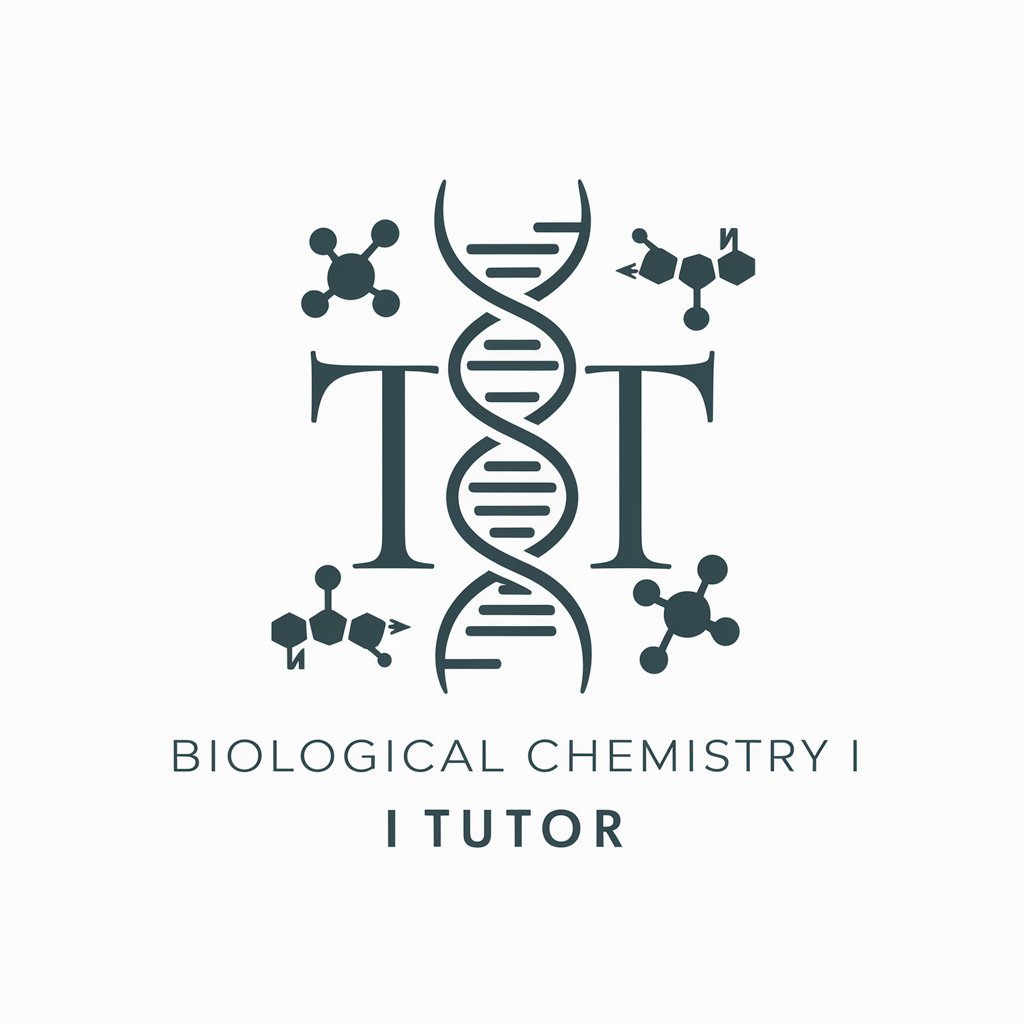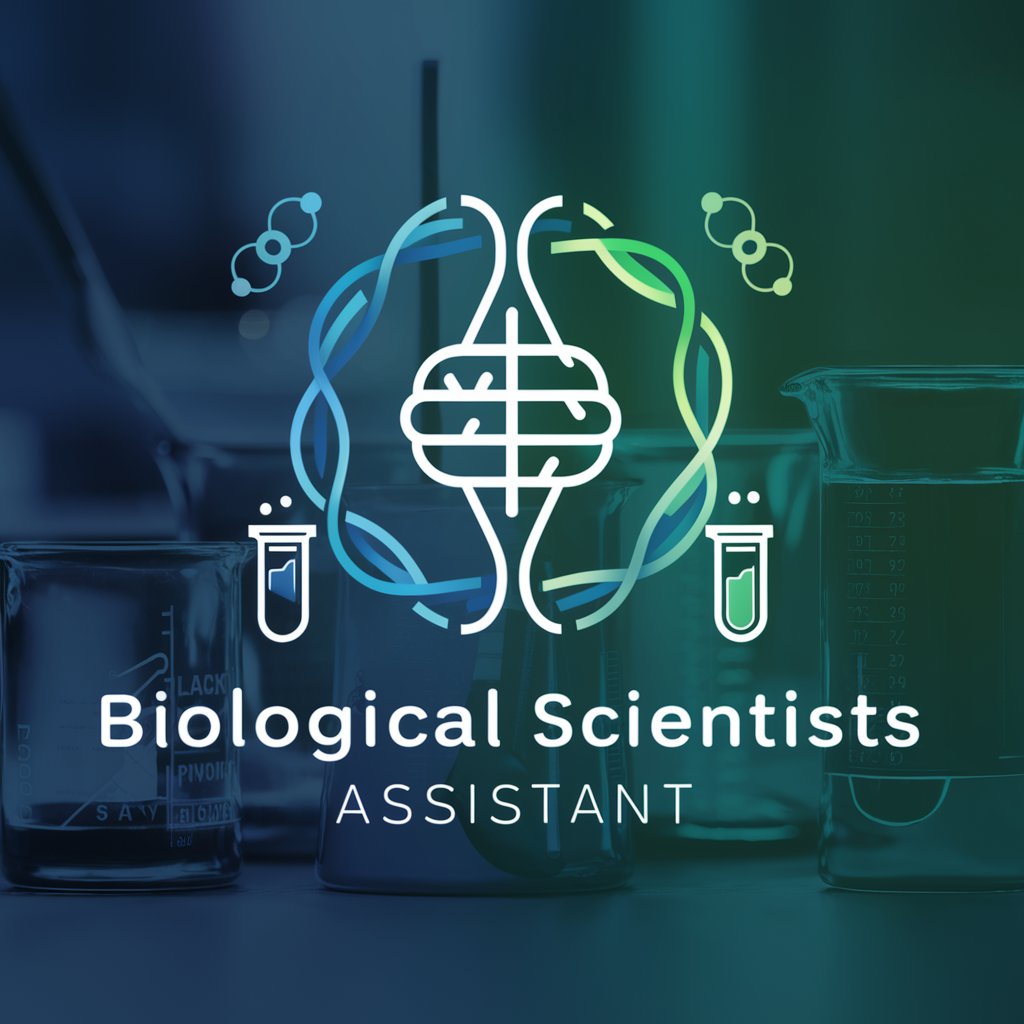Quantum Effects in Biological Systems Analysis - Quantum Biological Analysis Tool

Welcome! Let's explore the quantum mechanics in biological systems.
Unraveling Biology with Quantum AI
Explain how quantum coherence plays a role in photosynthesis.
Discuss the significance of quantum tunneling in enzyme catalysis.
Analyze the impact of quantum entanglement on biological processes.
Explore the application of quantum mechanics in understanding DNA mutations.
Get Embed Code
Overview of Quantum Effects in Biological Systems Analysis
Quantum Effects in Biological Systems Analysis is designed to investigate and interpret the role of quantum mechanics in biological phenomena. This niche field of study focuses on how subatomic particles and quantum physics principles, such as coherence, entanglement, and tunneling, influence biological processes. A classic example is photosynthesis in plants, where quantum coherence helps explain the efficiency of energy transfer. Another scenario involves enzyme catalysis, where quantum tunneling is suggested to play a role in hydrogen transfer. The purpose of this tool is to provide rigorous, scientifically accurate analyses to understand these complex interactions within biological systems. Powered by ChatGPT-4o。

Key Functions and Applications
Data Analysis of Quantum Coherence in Photosynthesis
Example
Examining energy transfer within the photosystems of algae and plants
Scenario
Researchers utilize this function to model and simulate the excitation energy transfer process, potentially leading to insights into designing more efficient synthetic light-harvesting systems.
Simulation of Quantum Tunneling in Enzymatic Reactions
Example
Studying the rate enhancement of hydrogen transfer in enzymes like monoamine oxidase
Scenario
This function helps in simulating how quantum tunneling affects the reaction rates at room temperature, providing a deeper understanding of enzyme mechanisms and assisting in the development of drugs targeting these enzymes.
Investigative Analysis of Electron Transfer in Neurological Processes
Example
Analysis of electron flow in neural synapses
Scenario
This application is crucial for researchers focusing on neurodegenerative diseases, where altered electron transfer may play a role. It offers insights that could lead to novel therapeutic strategies.
Target User Groups
Academic Researchers
Scholars and scientists in quantum biology, biophysics, and related fields who require detailed analyses of quantum phenomena in biological systems to support their hypotheses and experimental data.
Pharmaceutical Developers
Professionals engaged in drug design and development who need to understand enzyme behavior at a quantum level to innovate more effective and specific drug therapies.
Educational Institutions
Educators and students in advanced science courses can use these detailed analyses to enrich their learning and teaching of complex biological systems influenced by quantum mechanics.

Using Quantum Effects in Biological Systems Analysis
Step 1
Visit yeschat.ai to start your free trial immediately without any login requirements or the need for a ChatGPT Plus subscription.
Step 2
Review fundamental quantum mechanics and its principles to ensure you have the necessary background knowledge to understand quantum biological processes.
Step 3
Select a specific biological system or process where quantum effects are evident or theorized, such as photosynthesis or enzyme function.
Step 4
Utilize simulation tools and data analysis features available in the tool to model and analyze the quantum interactions within biological systems.
Step 5
Interpret the results using the provided analytical tools to draw conclusions about the role and impact of quantum effects in the chosen biological system.
Try other advanced and practical GPTs
Simulator for Quantum Biological Processes
Simulate quantum biology with AI precision

Biological Databases Tutor
Empowering Research with AI-Driven Database Guidance

Biological Chemistry I Tutor
Empowering your chemistry studies with AI

Biological Scientists Assistant
Empowering Research with AI Insight

Toast
Bread as Your Canvas, AI as Your Brush

West Coast Styles
Powering insights into West Coast Hip Hop

Naturopathic research assistant
Empowering naturopathic insights with AI.

Controversial Historian
Unravel History with AI

Who Should Debate This? by DebaTable
Power debates with AI insights

Trend Scout
Discover Trends with AI Insight

Controversial Issues in Modern History
Explore History with AI

Spiky Insight
Challenge Conventions with AI Insight

Frequently Asked Questions about Quantum Effects in Biological Systems Analysis
What is Quantum Effects in Biological Systems Analysis?
This tool analyzes how quantum mechanics influence biological processes, using computational models and simulations to explore phenomena like electron tunneling in enzymes or coherence in photosynthetic complexes.
How can this analysis tool assist in academic research?
It aids researchers by providing sophisticated computational frameworks to simulate and predict quantum mechanical interactions that might affect biological functionalities, enhancing the accuracy and depth of scientific studies.
What are some common use cases for this tool?
Common uses include studying quantum coherence in photosynthesis, exploring enzyme kinetics through quantum tunneling, and investigating quantum entanglement in neuronal processes.
How does the tool handle complex data?
The tool is equipped with advanced data processing algorithms that handle large datasets efficiently, allowing for precise modeling and simulation of complex biological and quantum systems.
Can this tool be used for educational purposes?
Yes, it serves as an educational platform for students and educators to explore and understand the quantum mechanical aspects of biology through interactive simulations and detailed analytical feedback.
